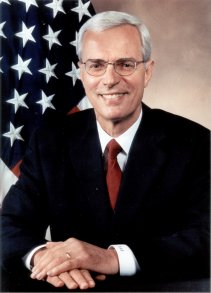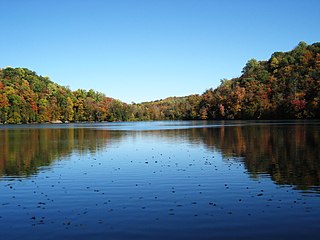
Syracuse is a city in and the county seat of Onondaga County, New York, United States. It is the fifth-most populous city in the state of New York following New York City, Buffalo, Yonkers, and Rochester.
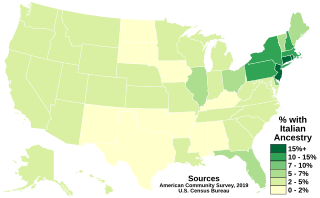
Italian Americans are Americans who have full or partial Italian ancestry. The largest concentrations of Italian Americans are in the urban Northeast and industrial Midwestern metropolitan areas, with significant communities also residing in many other major U.S. metropolitan areas.

Lyncourt is a hamlet in Onondaga County, New York, United States. The population was 4,250 at the 2010 census.

Salina is a town in Onondaga County, New York, United States. The population was 33,710 at the 2010 census. The name of the town is derived from the Latin word for "salt". Salina is a northwestern suburb of the city of Syracuse.

Prince Luigi Amedeo, Duke of the Abruzzi, was an Italian mountaineer and explorer, briefly Infante of Spain as son of Amadeo I of Spain, member of the royal House of Savoy and cousin of the Italian King Victor Emmanuel III. He is known for his Arctic explorations and for his mountaineering expeditions, particularly to Mount Saint Elias and K2. He also served as an Italian admiral during World War I. He created Villaggio Duca degli Abruzzi in Italian Somalia during his last years of life.

Little Italy Syracuse is an ethnic enclave in Syracuse, New York that contains several bakeries, cafés, pizzerias, restaurants, beauty salons, shops, bars and nightclubs. The main street in the neighborhood is North Salina Street.
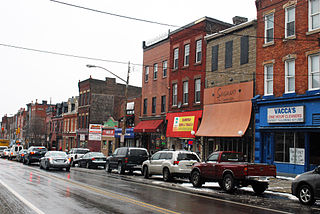
Bloomfield is a neighborhood in Pittsburgh, Pennsylvania. It is located three miles from the downtown area. Bloomfield is sometimes referred to as Pittsburgh's Little Italy because it was settled by Italians from the Abruzzi region and has been a center of Italian–American population. Pittsburgh architectural historian Franklin Toker has said that Bloomfield "is a feast, as rich to the eyes as the homemade tortellini and cannoli in its shop windows are to the stomach." Recently, the neighborhood has attracted young adults and college students as a "hip" neighborhood.

Allegheny City was a municipality that existed in the U.S. state of Pennsylvania from 1788 until it was annexed by Pittsburgh in 1907. It was located north across the Allegheny River from downtown Pittsburgh, with its southwest border formed by the Ohio River, and is known today as the North Side. The city's waterfront district, along the Allegheny and Ohio rivers, became Pittsburgh's North Shore neighborhood.
The Northside is a neighborhood in the city of Syracuse, New York (USA) consisting of a residential area bordered by commercial corridors. As defined by Syracuse's "Tomorrow's Neighborhoods Today" planning system, the Northside is a large section of the city of Syracuse, covering almost four square miles. There are 16 census tracts, within which are 36 census blockgroups. Thus, there are many sub-regions that have developed with their own unique identities, such as the Near Northeast neighborhood, the Little Italy District and the Hawley-Green Historic District.

Washington Square is one of the 26 officially recognized neighborhoods of Syracuse, New York.
The North Salina Street Historic District is a national historic district located on the north side of Syracuse, New York. It encompasses 85 contributing buildings in a section of Syracuse that was home to many German immigrants in the 19th century, and Italian immigrants after the turn of the 20th century. It developed between about 1860 and 1960, and includes examples of Federal, Greek Revival, and Late Victorian style architecture. Notable buildings include Assumption Church designed by Horatio N. White and Convent, Walier Building (1890), and the Albany Block.

St. Leo's Church is a historic Roman Catholic church complex located within the Archdiocese of Baltimore in Little Italy, Baltimore, Maryland, United States. It is the 'core' of the neighborhood.

The Temple Society of Concord, commonly referred to as Temple Concord, is a Reform Jewish congregation located at 910 Madison Street, Syracuse, in the U.S. state of New York. Established in 1839, it is the ninth-oldest still-active Jewish congregation in the United States. Temple Concord, a member of the Union for Reform Judaism, is the leading Reform synagogue in Central New York, and maintains the largest Jewish religious school in the region. Religious services are held every Friday night and Saturday morning, and on Jewish holidays. Religious school and adult education programs take place twice a week. Temple Concord is also the setting for a wide array of educational, cultural and social events the serve then entire Syracuse-area community.
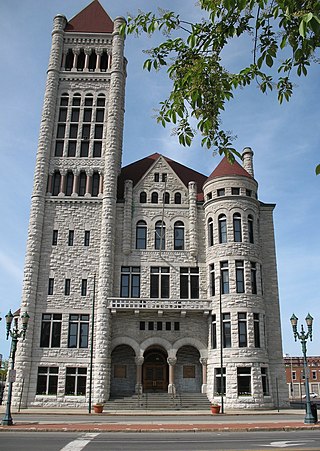
Charles Erastus Colton was an American architect who worked in Syracuse, New York.

John Wilkinson was a lawyer and first Postmaster of community known as Bogardus Corners, Cossit's Corners and Salina in Central New York. As a young man, Wilkinson took inspiration from a poem about an ancient city and named the new village, Syracuse just in time for the opening of the Erie Canal. Wilkinson was a prominent citizen in Syracuse and was an original town planner and helped lay out and name the village streets. He also served as an assemblyman and founded the Syracuse Bank in 1838.
The story of the city of Syracuse began with the land which was covered with swamps and bogs, and with a large forest surrounding a clear, freshwater lake located in the northeast corner of the Finger Lakes Region. The land around the present day city was originally the home of the Haudensaunee, or the Onondaga Nation. They were members of the Iroquois Confederacy, which spanned most of Upstate New York.
The history of Czechs in Baltimore dates back to the mid-19th century. Thousands of Czechs immigrated to East Baltimore during the late 19th and early 20th centuries, becoming an important component of Baltimore's ethnic and cultural heritage. The Czech community has founded a number of cultural institutions to preserve the city's Czech heritage, including a Roman Catholic church, a heritage association, a gymnastics association, an annual festival, a language school, and a cemetery. During the height of the Czech community in the late 19th century and early 20th century, Baltimore was home to 12,000 to 15,000 people of Czech birth or heritage. The population began to decline during the mid-to-late 20th century, as the community assimilated and aged, while many Czech Americans moved to the suburbs of Baltimore. By the 1980s and early 1990s, the former Czech community in East Baltimore had been almost entirely dispersed, though a few remnants of the city's Czech cultural legacy still remain.
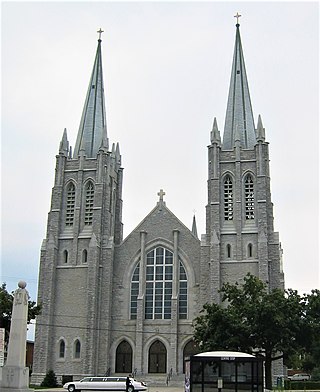
The Basilica of the Sacred Heart of Jesus is a Catholic parish church and minor basilica in Syracuse, New York. It is located at 927 Park Avenue in the Westside neighborhood. The building was designated a minor basilica by Pope John Paul II on August 27, 1998, and dedicated on October 3, 1999.

Our Lady of Pompeii Church, or more formally, the Shrine Church of Our Lady of Pompeii, is a Catholic parish church located in the South Village neighborhood of Manhattan, New York City, in the United States. The church is staffed by Scalabrini Fathers, while the Our Lady of Pompeii School is staffed by Apostles of the Sacred Heart of Jesus. It is located across from Father Demo Square, which is named for the church's third pastor, Antonio Demo.

Italians have had a presence in the New Orleans area since the explorations of the Europeans. Many Sicilians immigrated to New Orleans in the 19th century, traveling on the Palermo-New Orleans route by ship. The number of Italians who immigrated in the late 19th century greatly exceeded those who had come before the American Civil War. Only New York City has a higher population of Sicilian-Americans and Sicilian immigrants than New Orleans.
